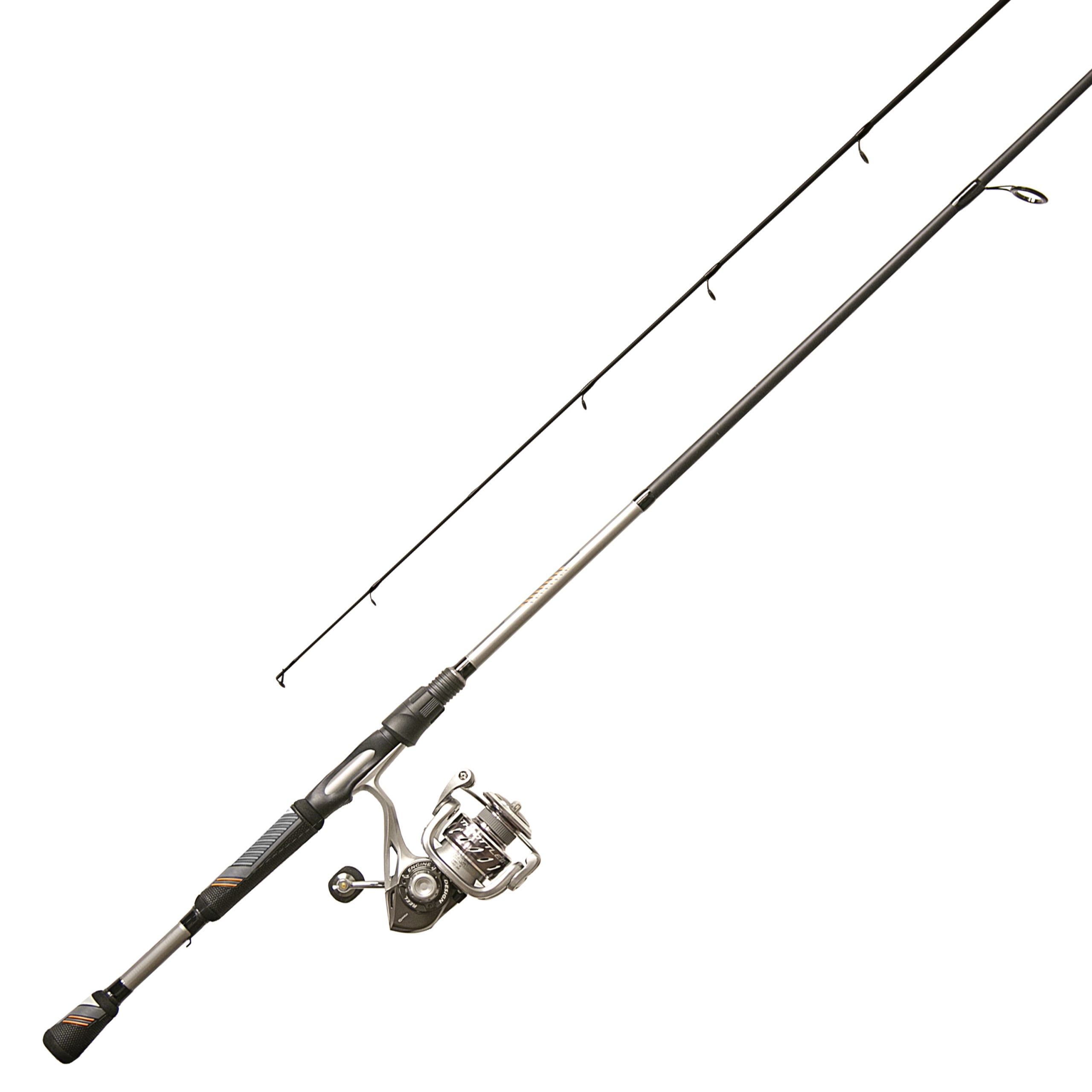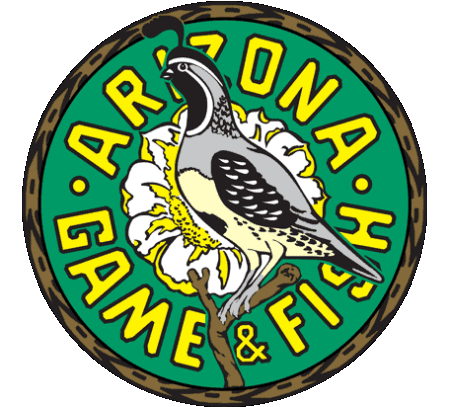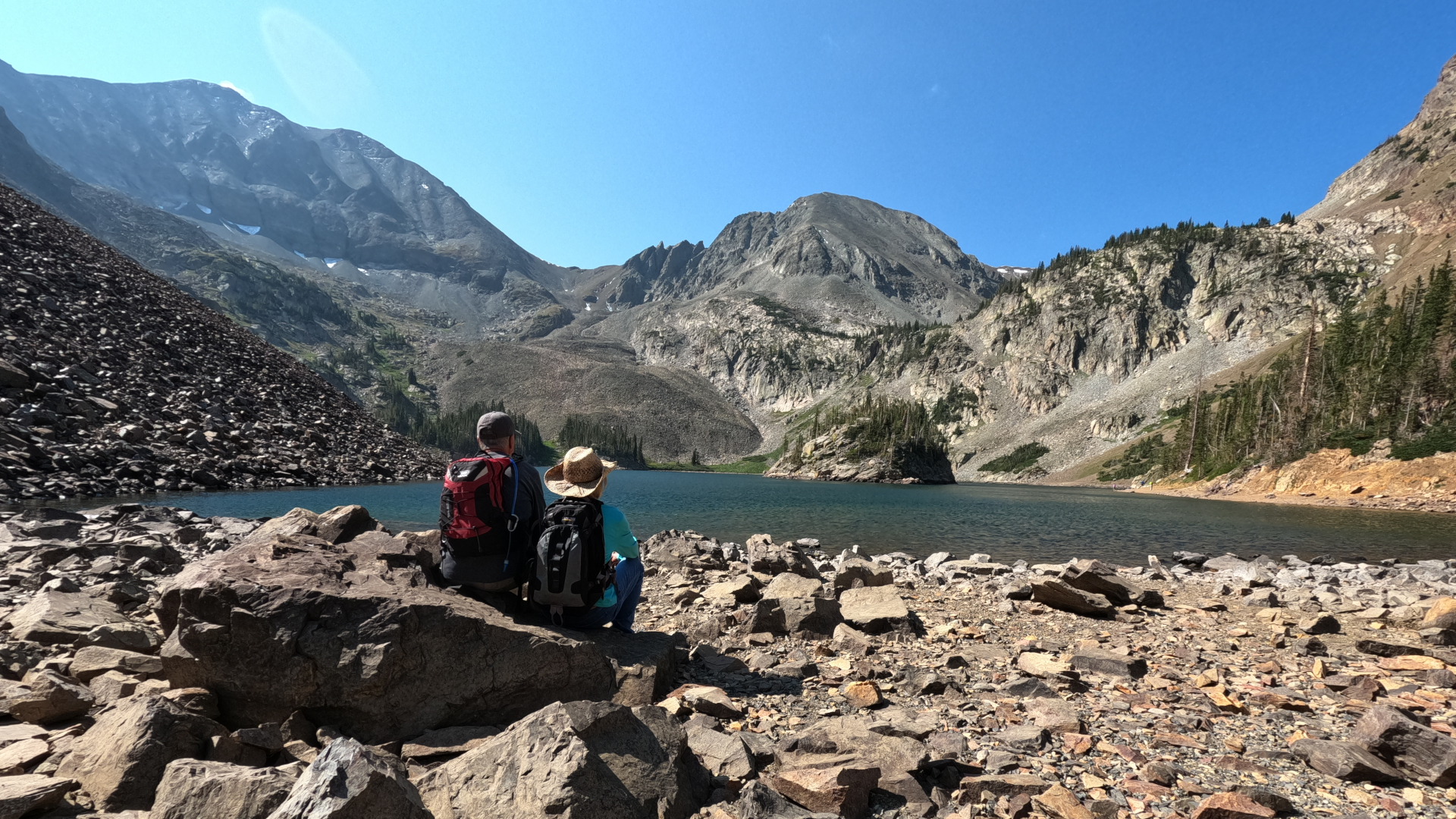State Offers Integrated Solution to Hydrilla Dilemma – Lake Mohave
AUSTIN, Texas — The Texas Parks and Wildlife Department has unveiled a multi-faceted plan to manage the intrusion of hydrilla, an exotic aquatic plant that officials say caused several hundred thousand dollars in damages on Lake Austin during the July 2002 floods along the Colorado River.
The cooperative agreement between TPWD, the City of Austin, Lower Colorado River Authority and the Friends of Lake Austin sets forth an integrated pest management strategy for the long term control of hydrilla on this 1,609-acre reservoir near downtown Austin, essentially a stretch of the Colorado River controlled by dams.
Although first discovered in Texas less than three decades ago, hydrilla now occupies a significant number of Texas reservoirs, particularly in the eastern portion of the state. Hydrilla has been found in nearly half of the 200 public water bodies managed by TPWD fisheries biologists.
Originally introduced in the United States as an aquarium plant, hydrilla has spread throughout the South. Because it grows rapidly from fragments, tubers and turions, hydrilla can be unintentionally transported from lake to lake attached to boat trailers or boat motor propellers. And, since it can grow up to four inches a day in clear water, this noxious plant can establish itself quickly and spread rapidly.
The major components of the Lake Austin plan include the conservative stocking in 2003 of sterile (non-reproductive triploid) grass carp to eat the hydrilla, lake water level drawdowns designed to thwart the growth of hydrilla, the use of mechanical harvesters to physically remove hydrilla, the application of herbicides to contain the hydrilla and introduction of hydrilla-eating insects.
This marks the first time the state has adopted all available measures to fight hydrilla. “We’re insisting on an integrated pest management approach because it assures that all the tools in the box stay on the table,” TPWD Inland Fisheries Division Director Phil Durocher explained in a briefing to the Texas Parks and Wildlife Commission on Thursday, Nov. 7. “Our objectives are to return the lake to its pre-hydrilla condition and to maintain a healthy lake ecosystem and fishery in Lake Austin.”
Durocher noted that hydrilla first showed up in Lake Austin, a popular recreational lake for anglers and boaters, as well as a drinking water supply source for the City of Austin, in 1999 and has spread ten-fold since that time. It currently covers about 300 surface acres.
Among the measures already taken to battle hydrilla include two lake drawdowns, stocking of two dozen grass carp on an experimental basis, the use of a mechanical harvester, bottom barriers and hydrilla fly releases. “Each of these actions comes with associated risks and concerns and all the players involved have worked together to address those issues,” Durocher said. “After the flooding in July, it became apparent that the risks of not doing anything far outweigh the risks of taking action.”
Although nowhere near the amount of water flow documented historically, last July’s floods created new and expensive problems due to the presence of hydrilla on Lake Austin. Homes that had never been flooded were inundated due to the effects of the hydrilla in slowing water flow along the Colorado River. Huge mats of uprooted hydrilla making their way downstream clogged hydro-electric power generating systems, according to the Lower Colorado River Authority, resulting in an estimated loss of $300,000 due to plant shutdowns. – Lake Mohave








0 Comments